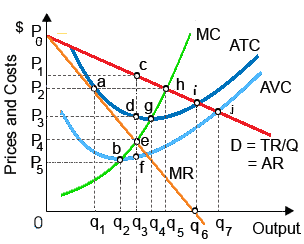Within the long run, after HoloIMAGine’s holographic technology patents lapsed moreover entry and exit became probable in this market, therefore HoloIMAGine would be expected to: (w) carry on to reap economic profits. (x) break even and experience zero economic profit. (y) have zero accounting profit. (z) operate at inefficiently low levels of output.

Can someone explain/help me with best solution about problem of Economics...